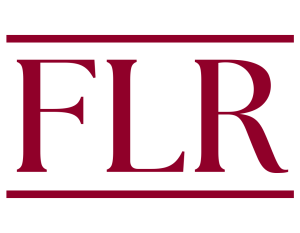That state and federal agencies have emergency powers is well known. Much less is known about the process and circumstances under which these powers are exercised—subjects that divide scholars into two theoretical camps. Scholars on one side assert that ample agency discretion in time of need is not only desirable but is also laudable in the pursuit of efficiency and “deossification” of regulatory action. Scholars on the other side contend that emergency powers are so broadly granted, and representative procedure is so easily abandoned, that the inevitable result is agency unaccountability and aggrandizement. In response, this Article presents new empirical research that shows a startling rise in the actual use of federal emergency power (the “good cause” exemption) and extensive use by certain state agencies of their comparable emergency rulemaking powers. After conducting a novel and comprehensive normative analysis, this Article concludes by offering an approach to reharmonize the efficiency/public participation trade-off for emergency rulemaking at both the state and federal level: (1) to restrict federal agency emergency powers in language and structure and (2) to increase agency flexibility at the state level. Discussion of these proposals is particularly timely because the general level of emergency rulemaking has increased, and federal and state administrative agencies also must now gird themselves for an increased burden on agencies that regulate health insurance programs. In this arena in particular, the empirical evidence reveals intense tension between administrative efficiency, public participation, and a compelling need for an immediate rebalancing of these competing interests.

